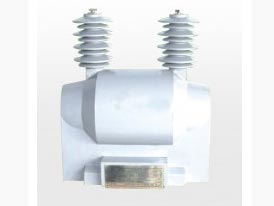
What does a current transformer do?
Step-down transformation: A current transformer consists of a primary winding, which is connected in series with the circuit carrying the high current to be measured or monitored, and a secondary winding, which is connected to the measuring or protection circuit. The primary winding has fewer turns compared to the secondary winding, which allows for the reduction of the current flowing through the secondary circuit.
Isolation: Current transformers provide electrical isolation between the high-voltage primary circuit and the low-voltage secondary circuit. This isolation ensures safety for measurement and control equipment and personnel.
Protection: In addition to measuring current, current transformers are often used in protective relaying schemes. They sense abnormal currents, such as short circuits or overloads, and actuate protective devices to isolate the faulty part of the system and prevent damage to equipment and interruption of service.
Overall, current transformers play a crucial role in the safe and efficient operation of electrical power systems by providing accurate current measurement and enabling effective protective relaying.
What are the two types of current transformers?
Which current transformer is more accurate?
What is the purpose of a current transformer?
What are the three current transformers?
What is difference between CT and PT?
How many types of CT transformers are there?
What is the CT in a switch yard?
What does CT mean on breaker box?
What happens if CT secondary is open?
What is the difference between CT and normal transformer?

